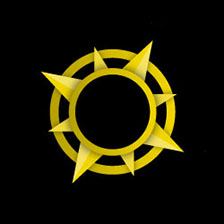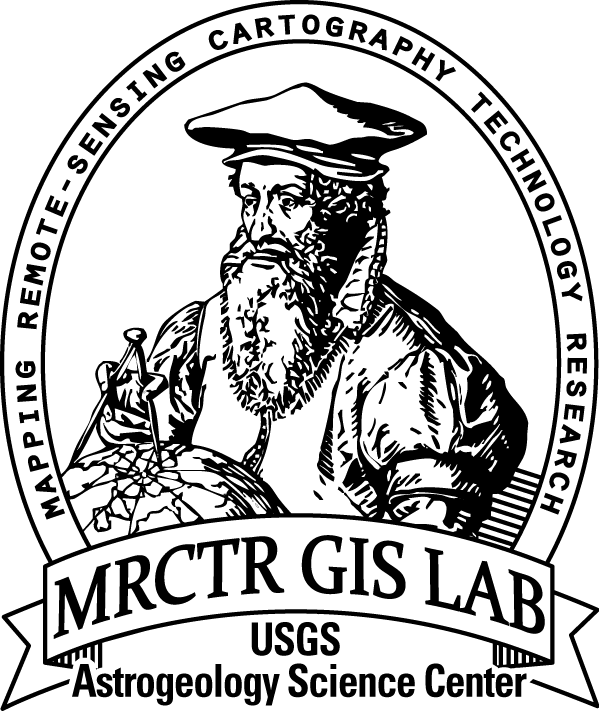Sol 1065: Last Call at Lion
4 August 2015It’s been a great couple of weeks at the Lion outcrop, but it’s time to move on. After a successful investigation that included observations by almost every science instrument, we’re getting ready to drive away tomorrow. That means that today (and tomorrow before we drive) is the last call for science observations.
So we put together a full plan for Sol 1066. In the morning we’ll acquire ChemCam on the target “McClure” to look for chemical variations across the outcrop. We’ll also take a Mastcam image of “Calamity,” as part of a change-detection experiment. Then we’ll acquire MAHLI and APXS on the pre-sieve dump pile, with some additional documentation images. “Pre-sieve” refers to the sample material that didn’t make it through the sieve, in other words, the larger size fraction. By dumping it on the ground we can see what the larger size particles look like and whether they have a composition that varies from that of the full mix of particle sizes. After contact science on the dump pile, we’ll use MAHLI to image the belly of the rover to monitor the spacecraft’s health. In the afternoon, we’ll acquire a large Mastcam mosaic to document the outcrop at higher resolution, and we’ll take several ChemCam RMIs to test the RMI autofocus. Ken Herkenhoff and I were both on duty today (as the SOWG Chair and GSTL), so it was a busy day of planning here at the USGS, trying to make sure we could acquire all of the necessary observations before leaving!
By Lauren Edgar
--Lauren is a Research Geologist at the USGS Astrogeology Science Center and a member of MSL science team.
Dates of planned rover activities described in these reports are subject to change due to a variety of factors related to the Martian environment, communication relays and rover status.










